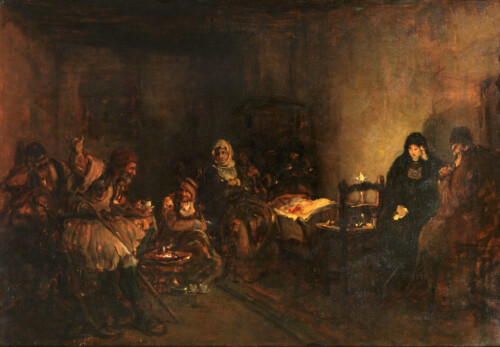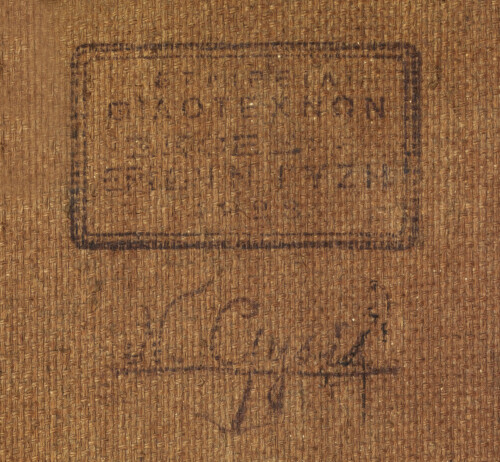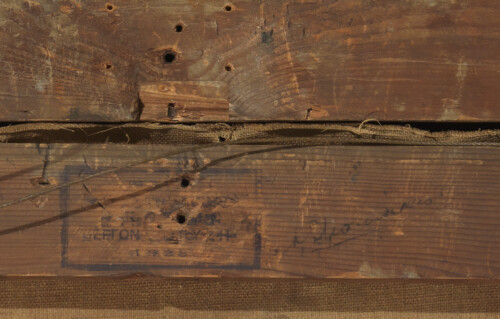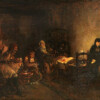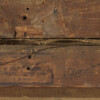| 39 |
Greek, 1842 -1901
Family scene
oil on canvas
signed on the reverse
54 x 79 cm
PROVENANCE
private collection, Athens
EXHIBITED
Athens, Iliou Melathron, Etaireia Filotechnon, Exhibition of Works by Nikolaos Gysis, March 15 – May 15, 1928, no 370 (listed in the exhibition catalogue)
LITERATURE
N. Misirli, Gysis, Adam Editions, Athens, 1995, no. 122, p. 179, illustrated
NOTE
The work bears a stamp by the Etaireia Filotechnon, Exhibition of Works by Nikolaos Gysis, 1928, on the reverse.
The work bears a signature by Antonis Benakis, the president of the Etaireia Filotechnon at the time, on the reverse.
| 170 000 / 200 000 € | |
Nikolaos Gysis was born in the village of Sklavochori, on the island of Tinos in 1842.
In 1850 his family moved to Athens. As a young boy Gysis showed an early inclination to drawing and at the tender age of eight attended art lessons at The School of Fine Arts, Athens. In 1854 at the age of twelve (when it was legal to start studying) he officially begun his studies and graduated ten years later. This formed the foundation of his artistic education.
Later, in 1865, on a scholarship from the Panagia Evanghelistria of the Tinos Foundation, he moved to Munich to continue his studies at The Royal Academy of Fine Arts. He mostly lived in Munich for the rest of his life.
Gysis, artistically, rapidly integrated into The Munch School, and became one of its most characteristic representatives in Greek art. This can be seen in the painting News of Victory of 1871, which deals with the Franco-Prussian War, and in the painting Apotheosis of Bavaria.
At the beginning of the 1870s Gysis returned to Greece where he lived for a few years. During this time he produced a series of paintings with more avowedly Greek themes, such as Carnival in Athens and Engagement Ceremony.
Together with Nikiforos Lytras, he travelled to Asia Minor in 1873 and then to Paris in 1876.
From 1886 onwards he was a professor at The Academy of Fine Arts, Munich, in which time his work gradually evolved from detailed realistic depictions to singular impressionist compositions. Towards the end of his life, in the 1890s, he took a turn towards more religious themes.
His work is housed in prominent museums and private collections in Greece, Germany and elsewhere.
Nelly Misirli in her book Gysis, Adam Editions, Athens, 1995, comments on the work:
'Στην 'Οικογενειακή Σκηνή' η βαριά από τα προβλήματα αλλά ανθρώπινη στις σχέσεις ατμόσφαιρα δημιουργείται από το είδος του φωτός που παράγεται από δύο τεχνητές πηγές και τη συγκέντρωση του στα ολόφωτα σκεπάσματα του μωρού στην κούνια.'
